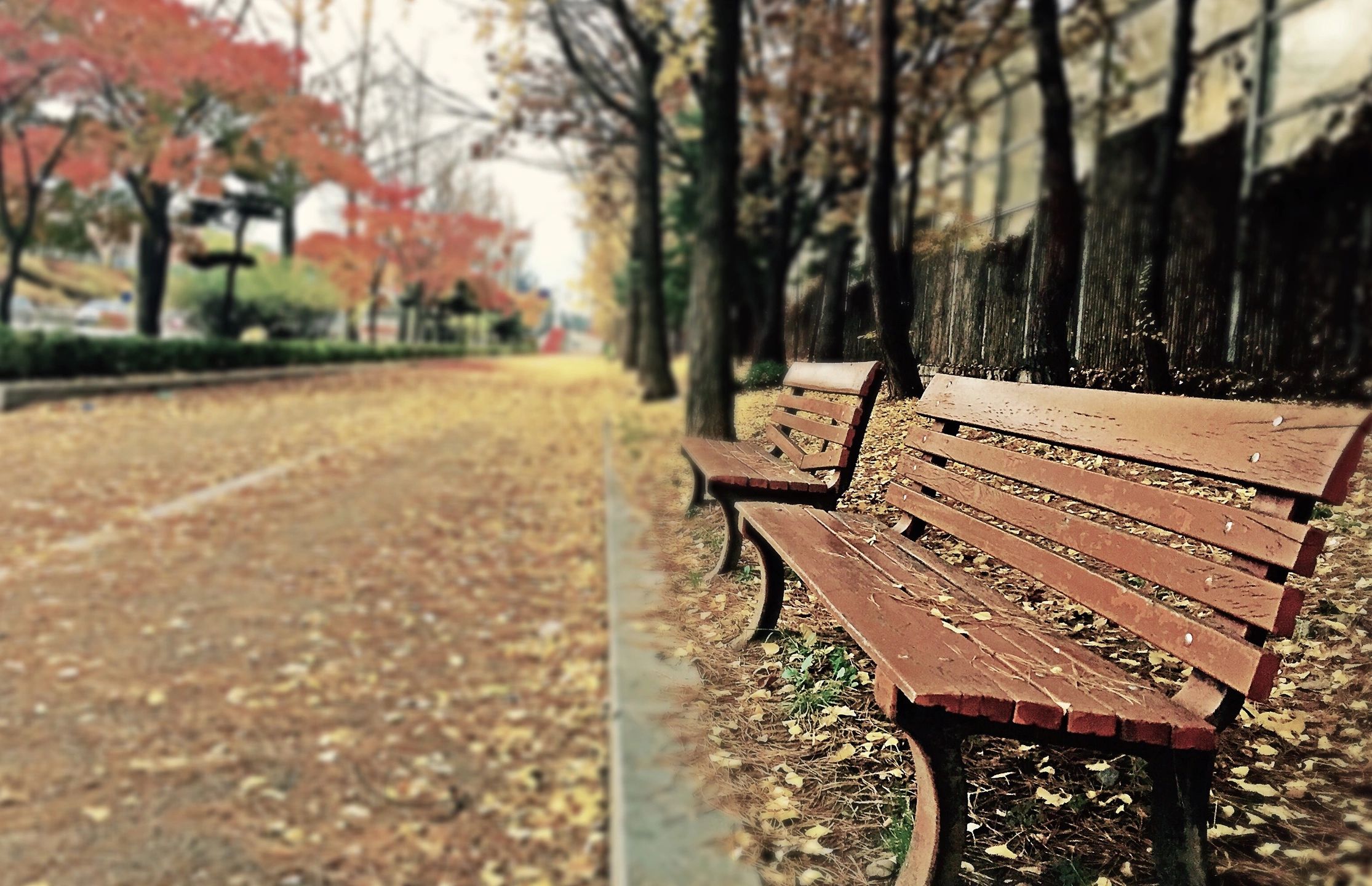by Farah Baig, LCSW
Fall is a favorite season for many people. The leaves are changing, the air is crisp, football is on TV, people are cooking and baking, fireplaces are lit, and so much more. For others this time of year is not so easy. It signals the end of summer, the days are getting shorter, clocks are turned back, the sun is scarce and winter is on the way. Along with these changes, many people experience a change in their day to day functioning. It can be hard to get up in the morning, or hard to fall asleep at night. Some people may even feel they are sluggish and physically moving slower, are feeling down, or can’t concentrate. These symptoms may be an indication of Seasonal Affective Disorder, also known as SAD. Fall is often the time of year when those who experience SAD will notice their symptoms increasing.
What is Seasonal Affective Disorder?
According to NIMH, the National Institute of Mental Health (NAMI), Seasonal Affective Disorder (SAD) is a type of depression that comes and goes with the seasons, typically starting in the late fall and early winter and going away during the spring and summer. Depressive episodes linked to the summer can occur, but are much less common than winter episodes of SAD.
Statistics: According to NAMI, SAD is diagnosed four times more often in women than men. People with a family history of other types of depression are more likely to develop SAD than people who do not have a family history of depression. Although SAD can occur at any age, the main age of onset of SAD is between 18 and 30 years of age.
How do I know if I have SAD?
Some of the symptoms of SAD include low energy, increased sleep, craving of carbohydrates, restlessness, social withdrawal, feeling sluggish, loss of interest in usual activities, feeling depressed most of the day, and more. In order to meet criteria for a diagnosis of SAD, a person must have a pattern of onset and remission of depressive episodes which must have occurred during at least a 2-year period, without any non-seasonal episodes occurring during this period. SAD is a specific subset of depression that can be diagnosed by your physician, a psychotherapist, or psychiatrist.
Maybe it’s just the blues?
The blues are pretty common – the occasional sadness that many people experience here or there. The blues are often in relation to a specific event, interaction, or situation and doesn’t last very long – maybe a few days or a week. When someone is experiencing the blues, they generally are able to continue going through their day to day activities, without much impact. Usually when something positive happens, the blues go away. This is not the case when someone has SAD.
What do I do if I think I may have SAD?
First and foremost, it’s always a good idea to talk to your doctor. Your doctor can rule out a number of other medical conditions that could cause similar symptoms. You and your doctor together can decide on the best course of treatment for you.
Types of treatment:
Light Therapy: Phototherapy or bright light therapy has been shown to suppress the brain’s secretion of melatonin. Light therapy has been shown to be effective in up to 85 percent of diagnosed cases. The effectiveness of light therapy for treating SAD may be linked to the fact that light therapy makes up for lost sunlight exposure and resets the body’s internal clock. Your doctor can help determine the best type of light therapy for you.
Counseling: Cognitive Behavioral Therapy (CBT) has been found to be very helpful in treating people with SAD. CBT is based on the theory that if we are able to change our thought patters, we will also be able to change our feelings. Changing the way you think about a situation can in turn change how you feel, and help you to feel better.
Medication: Antidepressants can often help those struggling with SAD. Ideally, the course of medication is started before the season begins, as they generally take 4-6 weeks to take full effect. There are many different types of antidepressants available. Together with your physician, you can decide if medication would be helpful for you.
Lifestyle Changes: Get outside-even during winter months; exercise; include bright surroundings; keep yourself warm; try to enjoy fun aspects of winter- cooking, reading, fireplaces, music, etc.
When should I seek treatment?
A general rule of thumb in seeking treatment is when your mood is impacting your daily life personally and/or professionally. Seeking treatment should also be considered if you’ve tried other self-help techniques and you are still not feeling better. You should also seek immediate assistance if you have had any thoughts about death, dying or hurting yourself. If you or someone you know might be struggling with Seasonal Affective Disorder, please don’t hesitate to reach out to speak to a counselor.
IVPC in Chicago, IL and Skokie, IL and virtually throughout Illinois can help with therapy for those struggling with SAD. 